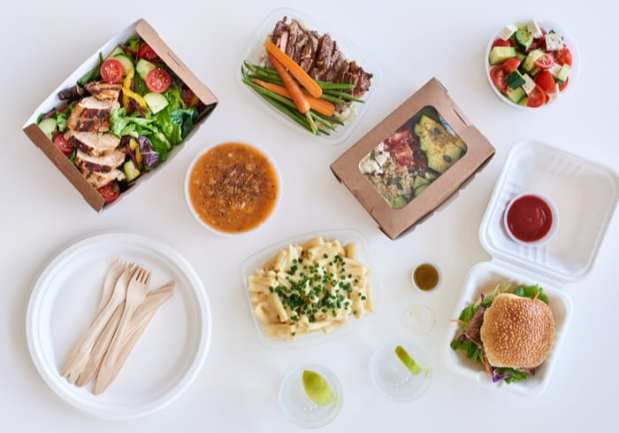‘Kayak’ Of Food Delivery Tackles Cost, Convenience

To connect food delivery platforms with consumers looking for convenience and cost savings, eCommerce innovators are creating aggregators as price and time comparison tools. Take FoodBoss, which was co-founded by Michael DiBenedetto after he faced a challenge when he wanted to order food with a group. “We didn’t know which restaurants worked with what services” and didn’t know the delivery fees or times associated with particular options, DiBenedetto told PYMNTS in an interview. He thought there must be a Kayak for that type of service, but “lo and behold, there wasn’t,” he said.
DiBenedetto channeled that idea into his FoodBoss food delivery aggregator. Consumers can enter their addresses to use the company’s comparison service, and the platform returns a variety of restaurants along with services that provide food delivery, as well as a time and cost estimate. When consumers are ready to place an order, the platform redirects them to partner sites to complete the purchase. It’s very similar to a “Trivago or Kayak-esque user flow process,” DiBenedetto said.
The food delivery aggregator handles payments through partner sites, such as Uber Eats, Caviar, Postmates, Delivery.com and Eat Street, along with a few smaller companies on the platform. DiBenedetto said FoodBoss focuses on helping partners land customers who are eager to complete their orders. Because the site filters out different options for the consumer, he noted the user is “a very strong, qualified candidate to complete that order,” compared to other marketing channels.
The Food Delivery Market
DiBenedetto sees his audience as two-fold: working professionals as well as college students, both demographics that like to order food delivery. College students, for instance, might be crunched for time and want a late-night snack while studying for finals. FoodBoss positions itself as taking away the pain point of scouring multiple food delivery sites while also comparing prices and delivery times (along with distance in the case of pickup). “When there are multiple players in a space, and they can all offer services from the same place, that’s when an aggregator emerges,” DiBenedetto noted.
FoodBoss is available in markets from Chicago to Washington, D.C., as well as Los Angeles, San Francisco and Seattle. Good markets have a population with a city density, where there are working professionals as well as college campuses.
The company recently notched $2 million in a March funding round, and DiBenedetto said the company plans to use the funds to continue growing its marketing efforts and hiring more engineers to iterate the product. He believes that as the food delivery space continues to grow, consumers will have more confusion as to who delivers from where, and that’s where he believes FoodBoss can help.
The food delivery market is booming: Last year, overall food delivery sales grew 51 percent from August to March. In addition, 11 percent of U.S. restaurant sales are projected to come from delivery orders by 2022, up from an estimated 6 percent in 2017, per Morgan Stanley Research. Postmates recently notched a $100 million investment in advance of its initial public offering (IPO), which is expected within the first six months of this year. And the coming months could promise to bring more heat to this space, with Uber moving toward its own IPO as well as the testing of other delivery methods. (The company was reportedly mulling food delivery via drones, per a report last year.)
Consumers and quick-service restaurant (QSR) managers favorably view digital technologies for ordering: According to the PYMNTS Restaurant Readiness Index, 64.5 percent of QSR managers and 83.6 percent of customers of those establishments see online and app ordering as a feature important to success. In addition, only 79.2 percent of QSR customers positively viewed ordering through the restaurant’s website versus 91.9 percent through a mobile app.
And 85.7 percent of QSR customers positively viewed ordering through a third-party app, as platforms such as FoodBoss are linking consumers with food delivery platforms. While consumers may find the most convenient and least expensive options through these kinds of aggregators, food delivery platforms may stand to gain qualified customers in the digital age of restaurant innovation.
